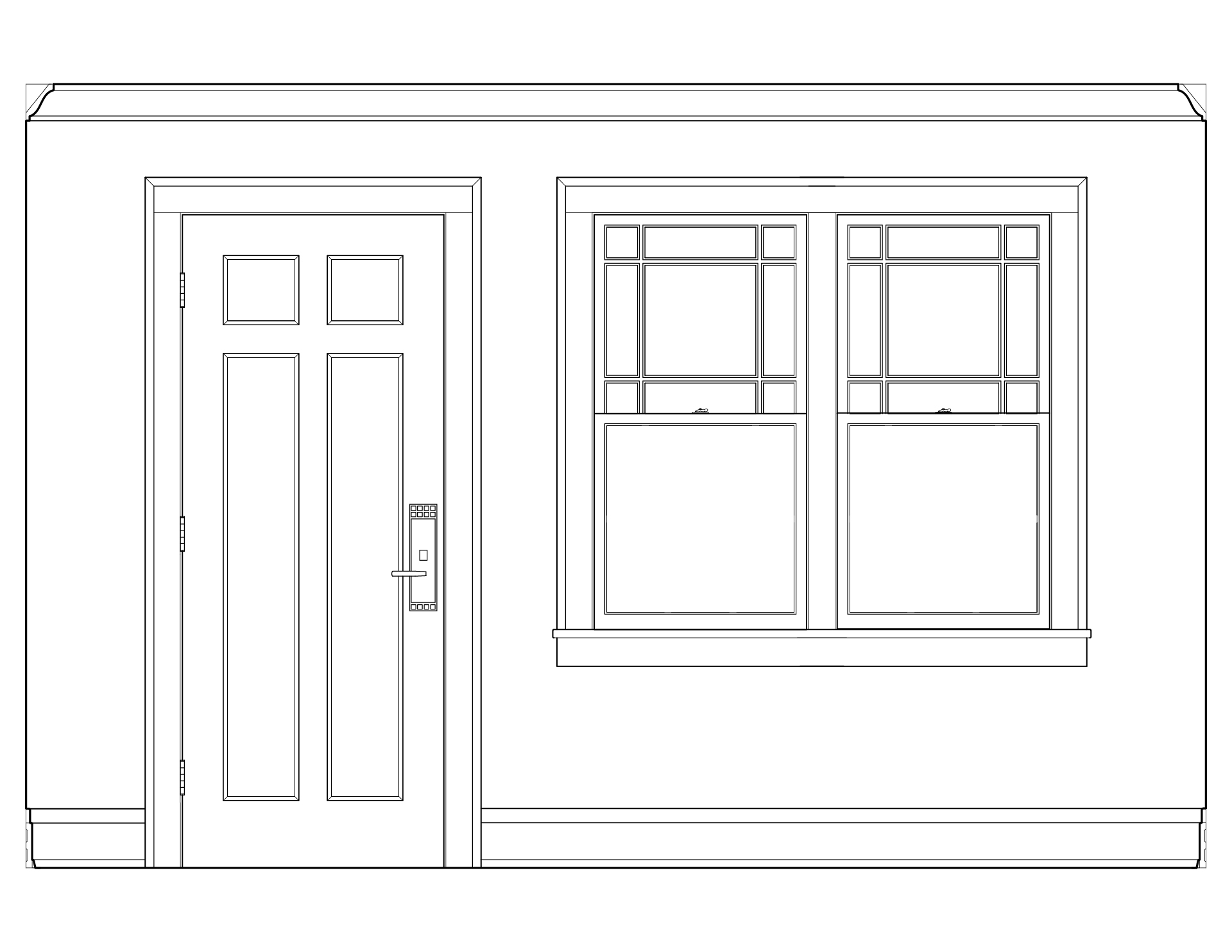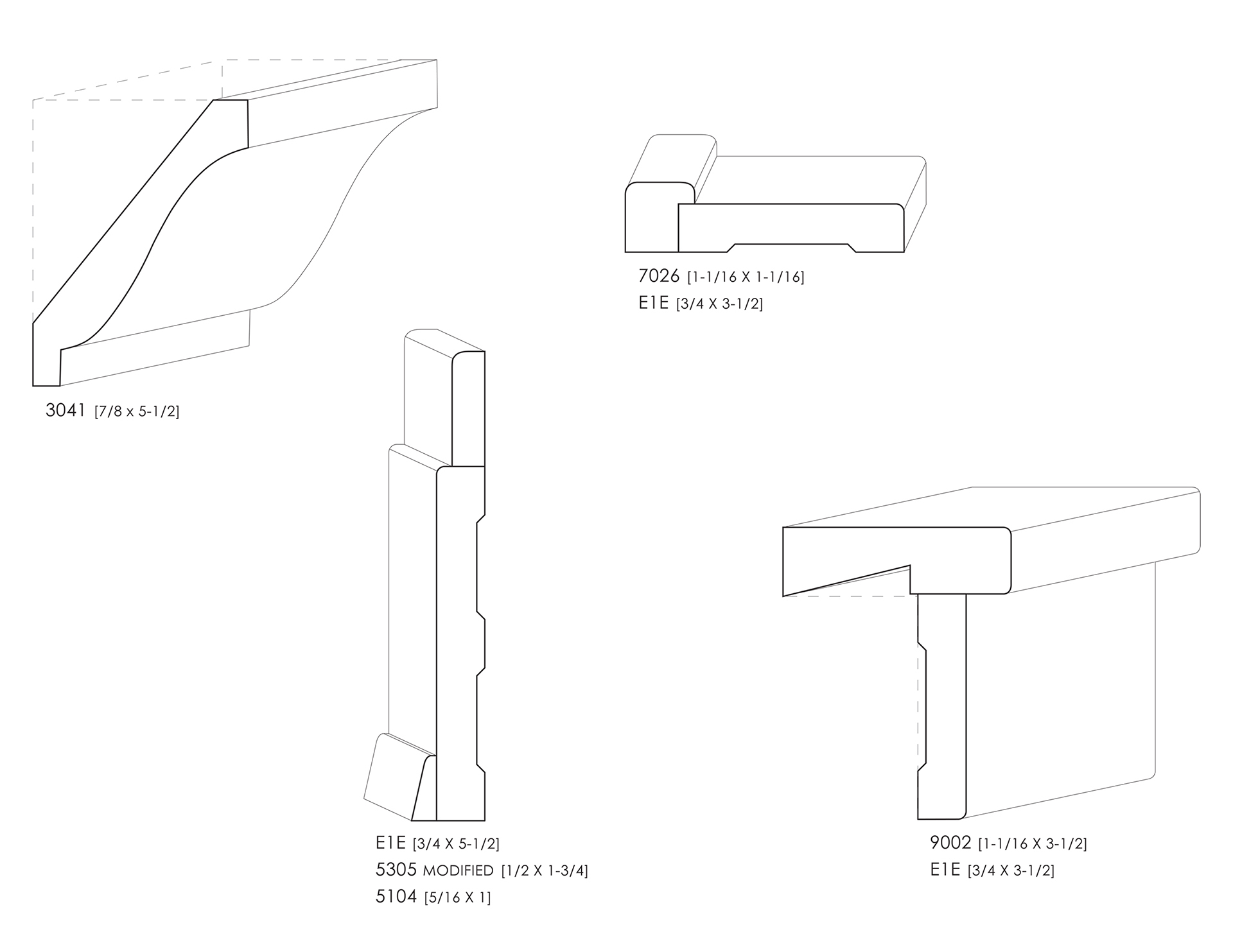ABOUT CRAFTSMAN ARCHITECTURE
The Arts and Crafts movement movement of the late 19th Century in reaction to the excesses of machine-production during the Victorian era, gave birth to the birth of the Craftsman, Mission, and Prairie style in home decor, design, and architecture.
Popularized by people such as William Morris, Gustave Stickley and Elbert Hubbard, the movement advocated for a return to simplicity, the handmade and the “modern”. It sought to inspire the craftsman and artist in all of us.
See examples of Craftsman style architecture, moulding, and homes
CHARACTERISTICS OF CRAFTSMAN ARCHITECTURE
Craftsman era architecture consisted of simple designs, without superfluous decoration. Handcrafted joinery, exposed mortises and tenons and other construction details were often visible.
The work typically emphasized the qualities of the hardwood materials used. The Craftsman style was uniquely American, combining the grid of the prairie with the austerity of Protestantism.
CRAFTSMAN STYLE MOULDINGS
Craftsman style, or more broadly, Arts and Crafts mouldings, are a combination of S4S shapes with eased edges and simple geometric design. Note: Many Craftsman style moulding catalogs and Craftsman style moulding publications are available in print for architects, builders, designers, and arts and crafts aficionados.








